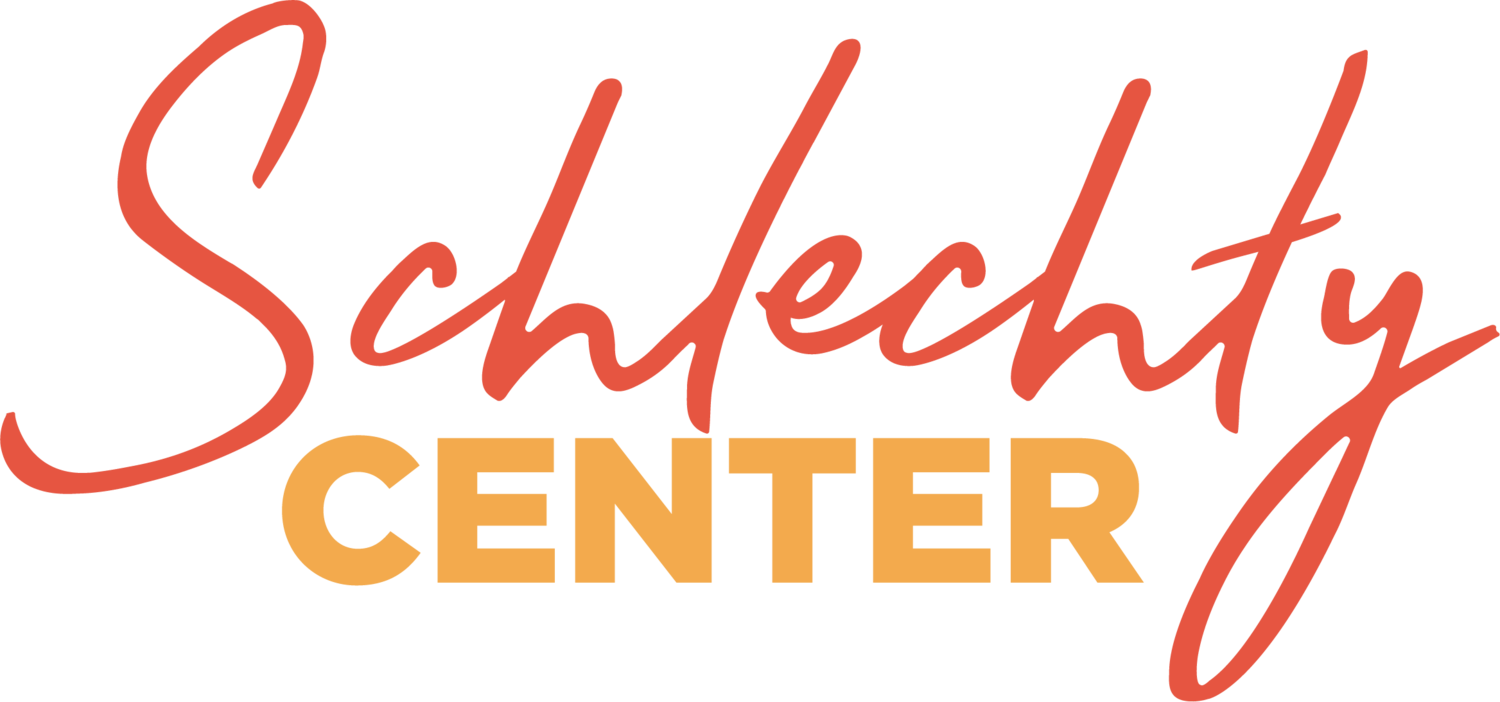One of Phil Schlechty's favorite stories was the metaphor of "Classic Cars and Classical Greece."
As a young teacher in the 1950's, Phil looked out across his classroom of teenagers, many of them boys, and wondered how he was going to generate any interest in teaching the history of Classical Greece.
Because he had gotten to know his student's interests and values, he was keenly aware that his class of teenage boys were interested in cars and driving, particularly old classic cars. An idea began to take shape. What if the students had to compare the concepts behind classic cars and Classical Greece? Questions began to surface like: What makes a car a classic? What made life in 4-5 B.C. Greece classical? The walls of Phil's classroom soon were covered with pictures of classic cars and Classical Greece. His students engaged and soon wanted to know more. They extended their learning deep into the history of Classical Greece.
Phil had leveraged the Design Quality of Authenticity. By linking content that was real and relevant to rigorous and challenging academic content, he got his students to commit their time and best efforts to learning about Classical Greece.
When a teacher decides to leverage Authenticity, it is important to remember that just picking three to four ideas that might be relevant to students is not going to generate authenticity. Teachers need to have hard evidence that ideas they choose to embed in classroom work are going to be authentic to the student. Such evidence be found out by listening, observing, and perhaps most important, asking. For example, a teacher listening to students talk excitedly before class about the weekend rides at the local theme park, has hard evidence that studying physics through roller coasters may genuinely engage students. Conversely, the teacher who simply decides all students like music and designs work that connects a sixties pop song to some academic content may find that the students don't like that particular musical genre and the hope for engagement will fade quickly. Many educators who have followed Phil Schlechty's work affectionately call this "knowing your who". It means a teacher has to truly know students values, likes and dislikes to leverage the Design Qualities.
"Classic Cars and Classical Greece" is an enduring metaphor from Phil Schlechty. In this simple story, the concepts of engaging students with Design Qualities comes front and center.
The Engagement People













